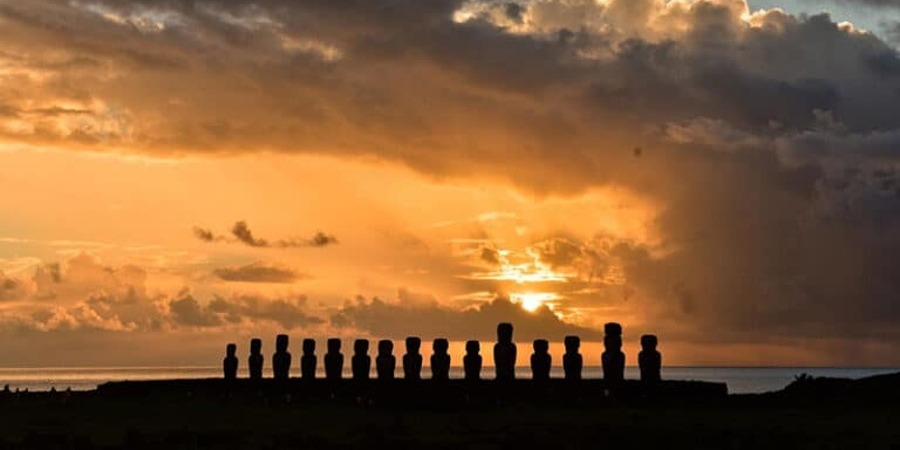
Nayara Hangaroa | Luxury Travel in The Ancient Paradise of Easter Island
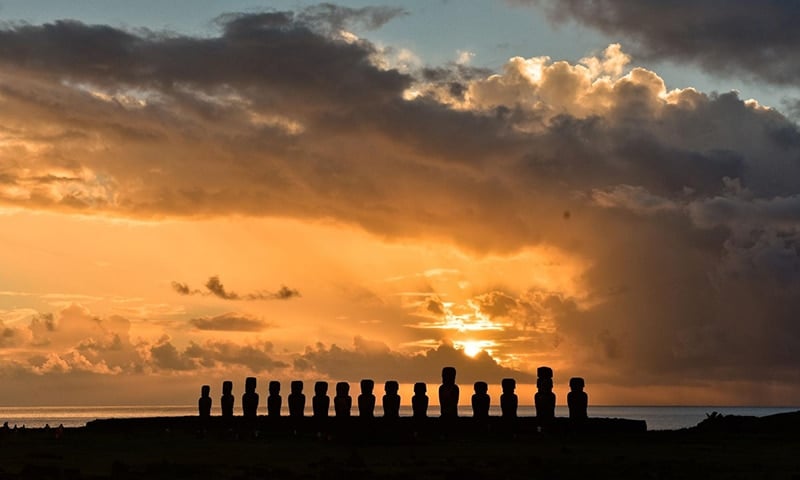
Even if you’ve never been to Easter Island, or never even heard the name, one thing that is embedded into the global consciousness are the iconic Moai statues. Impassive and timeless, these relics of the Rapa Nui people are the remnants of an ancient time, the lasting achievements of a culture that thrived on this remote Polynesian island.
Coming face to face with the Moai statues, their unreadable expressions immediately invoke curiosity and mystery. Where did they come from? Why and how were they created? What stories and events have they seen in their centuries-long existence?
Throughout a trip to Easter Island, known as Isla de Pascua to those in nearby mainland Chile,and as Rapa Nui by the indigenous people, this feeling of unearthing the past is constantly present. Wherever you go, you’re surrounded by a rich history, one that emerges from the earth and archaeological sites like the Easter Island heads. But there’s also a living history here, from the still-thriving Rapa Nui traditions to the unique natural history protected by Rapa Nui National Park.
Nayara Hangaroa was built to be an Easter Island accommodation that fully embraces this history, both living and timeless, and also offers a contribution and a perspective on the future of the island. How can we learn from one of the world’s mysterious, ancient paradises, and capture that feeling of wonder, vigor, and life traveling in today’s modern world?

That was the question our design team faced, and in this article, we’ll explore the vision behind Nayara Hangaroa, how our team has turned that vision into a reality, what you can expect on your own Easter Island vacation, and how to get started on your own adventure back in time.
Bringing The Beauty of an Ancient Paradise Into the Modern World
The story of Nayara Hangaroa is one of stunning natural beauty, mysterious statues, and connecting with a sacred and vibrant culture. Our mission from the start has been to offer authentic, warm, and extraordinary service and share the magic and the enigma of Rapa Nui.
This was a paradise, a land of noble kings and queens, and hallowed ground for the Rapa Nui people. We treat that with the utmost weight, taking pride in our natural and cultural richness, and in being environmentally and socially responsible in everything we do.
A Direct Line to the Past
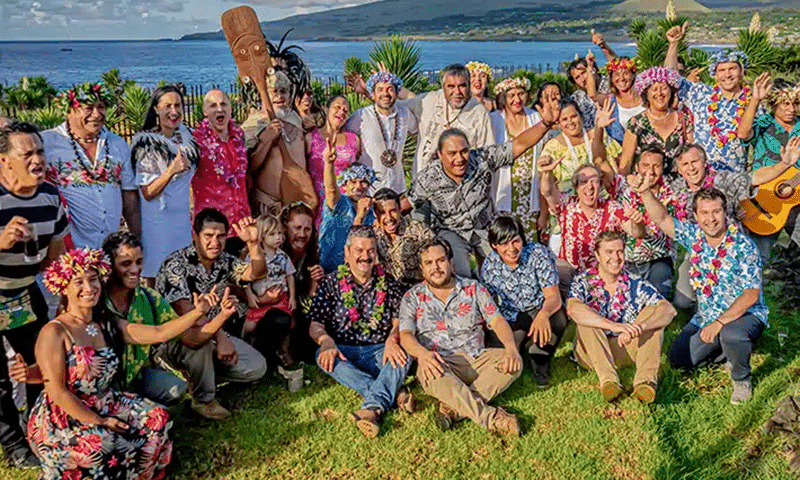
But we’re not approaching this journey alone. Alongside us is the Hito family, a family whose roots trace back to the creation of the Moai themselves. Many centuries of life on Rapa Nui island have made the Hito Family firm believers that their unique and intriguing heritage needs to be preserved for posterity.
“Rapa Nui culture is alive and evolving,” says Marisol Hito, “and we must ride the winds of change, always proud of our heritage. The Rapa Nui culture and soul are not only ours to revere, they belong to the whole world!”
In a time where the world is moving faster than ever before, where it can be easy to get swept up and lose track of the rich history and roots that created us, we’re honored to work and live alongside the descendants of the Rapa Nui themselves as we help forge the future of the island.
The Guiding Principles of Nayara Hangaroa
When people visit Easter Island to stay with us, we follow guiding principles that draw influence from the ancient lifestyles of the Rapa Nui people, while also offering attentive and world-class service and luxury. It all starts with respect for this sacred island and its traditions; everything else follows.
Respect for the Land and the Earth

Nayara Hangaroa’s philosophy is based on the local concept of “Kainga,” respecting and honoring Mother Earth. We aim to protect and preserve our magical island, Rapa Nui. More importantly, we want our community to thrive for generations to come.
We believe in building in harmony with nature, leaving space for wildlife and wilderness, while planting the seeds that contribute to the growth of our local community.
Our aim is to create a positive impact on the island and the Rapa Nui community and go beyond sustainability to create the conditions that would make it feasible for the new generations to live and prosper on the island.
Preservation of Design and Architectural History
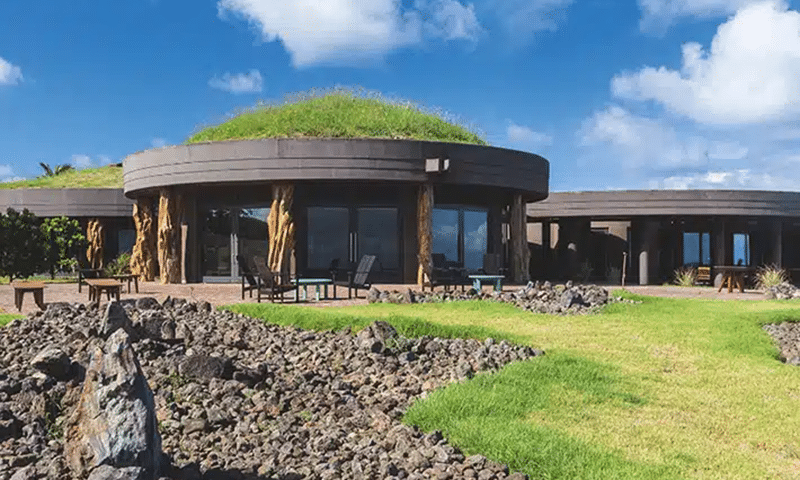
For Nayara Hangaroa, design goes hand in hand with our ‘Kainga’ philosophy. We have built a hotel that encourages the preservation of this archeological heritage and the growth of the local community. The result is sustainable and renewable lodging suited for the region. Land topography and our unique green roofs allow us to maximize the heating effects of sunlight and ventilation, cooling the buildings and minimizing the need for air conditioning.
Stewardship of Culture and Community
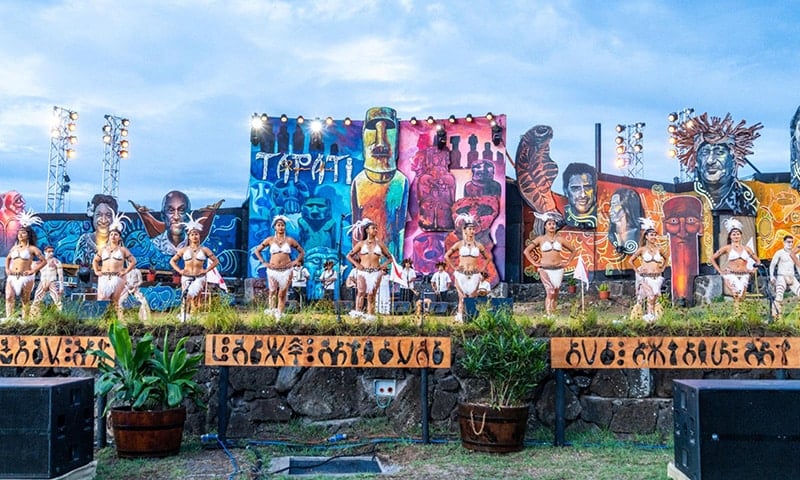
We think local and want our community to thrive. Hence, our initiatives involve the community in many of our activities, especially as guides and communicators of the history of the Rapa Nui. Our team comes from the neighboring town of Hanga Roa (also called Hangaroa) or from other areas of the island. Details of indigenous artisanry are everywhere in the hotel, from the ceilings to the volcanic stone tubs.
The hotel itself was designed as a tribute to the Orongo ceremonial village, one of the most iconic places on the island. Every detail was designed for an evolved version of this ancient, traditional experience, from the large green garden and cypress trees carefully chosen for this habitat, to the relaxing tubs made of clay and the volcanic sinks created from only one piece of stone. Every detail of our hotel is created so that you can feel the culture and nature with every step you take.
Cero Kilómetros | Our Gastronomic Philosophy

Our kitchen is driven by the mission to offer sustainable and healthy food that uses local and seasonally available products, while supporting local farmers and producers. The aim is to get to “zero kilometers” of distance between our produce and our kitchen, and in doing so, allow our culinary team to create a flavor and culinary experience that is utterly unique to the island.
What Is There To Do While Visiting Easter Island?
From the moment you arrive in Easter Island, you’re welcomed by the sea breeze, the white coral sand, the swaying palm trees, the rolling green mountanside, and the striking backdrop of the volcanic crater. It evokes an immediate desire to uncover the fascinating history of this place and explore this island paradise, a feeling that continues until well after you reach your hotel room.
Below, we’ll touch on just a few of the Easter Island tours and experiences you can dive into when visiting the hallowed island of Rapa Nui. You can explore them further in our tour book.
See the Iconic Moai Statues

The Moai, the island’s gigantic stone statues, are the most unique and idiosyncratic elements of Rapa Nui history. Today, the island is considered “A Wonder of the World,” and a UNESCO Heritage Site, and visiting Easter Island can hardly be complete without visiting one of the main sites of the Moai. Nobody knows how the statues were created but they attest to the courage, ingenuity, and determination of the human spirit. It is believed that every Moai represents an ancestor, a leader, a beloved forefather. Today, the faces of the statues are called “Aringa Ora,” living faces of loved and revered ancestors.
We offer 5 different tours to see various Moai statues around the island. At Mana Tapuna, you can explore the historical arrival point of Hotu Matu’a and other early Polynesian navigators on the northern coast of the island, and visit beaches of myth like Anakena Beach and Ovahe. On the Tarai Moai and the Vaiteka tours, we take a deeper look at the island, exploring the history of the Moai across mountainsides, oceanic cliffs, and the awe-inspiring caves of the island. At He Rongo o Te Manu, you can tour a majority of the island, to see the history of Rapa Nui at a larger scale, and at Ko Te Riku, you can explore the ceremonial and religious history of Rapa Nui archaeological sites and how they tie to modern life in the only town on this remote island.
Whether exploring these sites to uncover their history or simply taking a moment to take in their glory (like at the Tahai Sunset or Tongariki Sunrise tours), these moments are unforgettable and a vital part of visiting Easter Island.
Explore Rapa Nui National Park

If you want to experience Rapa Nui in a unique way, you can venture out with our team of guides on a trekking adventure to the most remote areas of the island. It’s a perfect complement if you want to add physical activity to your agenda.
On foot, you can trek to the volcanoes and historical sites of Poike, one of the volcanoes that gave birth to the island, or hike Mount Terevaka, which boasts a 360-degree view of the entire island. You can explore the caves hidden in the landscape like Ana Kakenga, Ana Te Pahu, and others, venture to the Rano Kau viewpoint above the island’s largest crater, or trace the trail along the most breathtaking trail coastal trail in the region. Capable trekkers can even embark on a 6-hour hike to lands only accessible by foot or on horseback, culminating at the picturesque Anakena beach.
And for those who feel the need for speed, there are other excursions:like4x4 quad bike rentals to explore the island at your own pace, mountain biking from the hotel to the south coast of the island and Hanga Roa harbor, and challenging the caverns beneath the island entirely on a mountain bike.
Take a Unique Culinary Adventure
The base of Hangaroa cuisine is local products, which include sustainably sourced seafood from the surrounding Pacific Ocean (including the endemic Ra Rape lobster), as well as the rich plants that thrive here like plantain, sweet potatoes, mangoes, and other fresh fruits.
With such bountiful, fresh ingredients, it’s easy to follow our “Cero Kilómetros” philosophy, and the results from our culinary team are an absolute delight.

On hotel grounds, you can indulge in our Hangaroan concepts like Poerava, an indoor-outdoor terraced restaurant serving breakfast and lunch that combines traditional Rapa Nui and International cuisine. Ceviches, carpaccio, and stone-cooked tuna paired with Chilean wine from the most exceptional wineries in South America, are an absolute must.Savor an evening at our Kaloa Lounge, a sophisticated and relaxed gathering place for hotel guests s with endless sunset views, or enjoy the Vaikoa Bar, which honors the architecture of the ancient Rapa Nui, to create an intimate space to discover tropical cocktails.
Add in cooking classes in Hangaroan cuisine, or trips into town to explore local spots and restaurants, and you can be sure that whenever you visit Easter Island, food will be a vibrant and fascinating part of the adventure.
Lounge and Rejuvenate In Luxury at Nayara Hangaroa
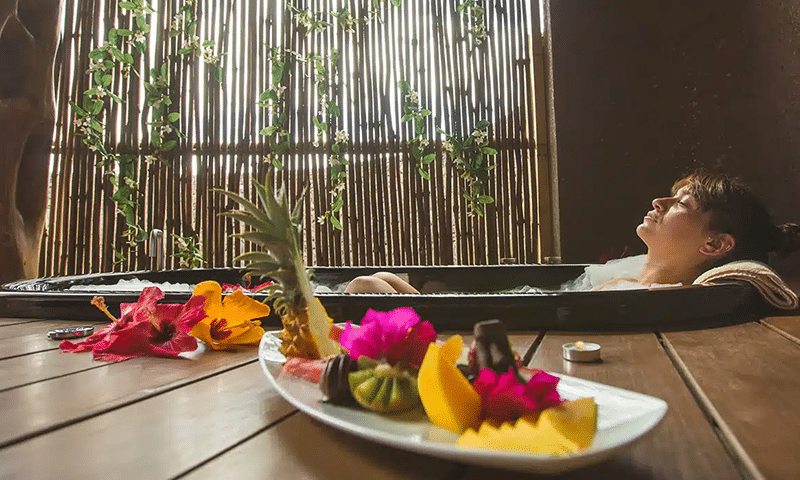
Here at Nayara Hangaroa, we believe that Easter Island travel should be a time for rejuvenation and reconnection just as much as it is a time of adventure. In ages past, without the distractions of a digital age and the frantic nature of modern society, this paradise was a place of peace, wonder, and tranquility.
We have designed comprehensive wellness offerings and spa facilities that offer you the chance to truly unwind and engage with a timeless sense of internal peace.
Our spa is a replica of an ancient “Manavai” a circle created from stones that were used to protect crops from the wind and retain water. Surrounded by white sand and its beautiful corridors, the spa lives up to the word “Manavai”, a place where one will feel the power, energy, and purity of the earth.
So whether you choose to savor a massage, refresh with exfoliating treatments, body wraps, hot stones, sauna, and hydrotherapy, or take part in contemplative experiences like the sunrise over the Moai statues, you’ll find a space to truly connect with the peace and power of a more ancient past.
Dive into the Protected Waters of the Pacific Ocean
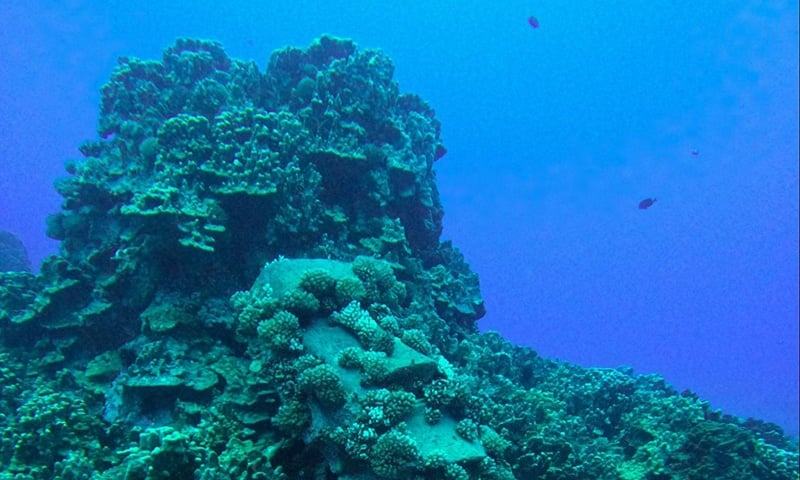
Rapa Nui National Park is not just a protected landmass. In the waters surrounding Easter Island is an aquatic habitat with several endemic species found nowhere else on earth (like the Rapa Nui lobster). And in these waters, adventure beckons.
From the beaches, you can easily encounter tropical fish while exploring the reefs with a mask and snorkel, but to take this aquatic safari to the next level, you can go scuba diving beneath the waves of the Pacific.r. Sunken Moai, coral-encrusted caves, and underwater cliffs all await PADI-certified divers ready to brave the aquatic side of our national park.

And above the waves, the waters around Easter Island are a surfer’s paradise, just waiting to be unlocked thanks to our expert instructors.
How To Get Here
Where Is Easter Island?
Easter Island, located at the eastern end of the Polynesian triangle, is the closest Polynesian island to mainland Chile. However, close is only a relative term, as Easter Island is a stunning 2200 miles from the mainland. As a result, you are surrounded by pristine ocean on all sides, which also contributes to the fact that there are incredibly unique ecosystems found in the region.
Looking out to the horizon, it can be breathtaking to learn that the original Polynesian settlers traveled only using the stars, small boats, and a brilliant sense of direction through the heart of the Pacific Ocean. And despite all odds, they were able to reach Easter Island, as well as the dozens of islands throughout Polynesia.
How Do I Get to Easter Island?
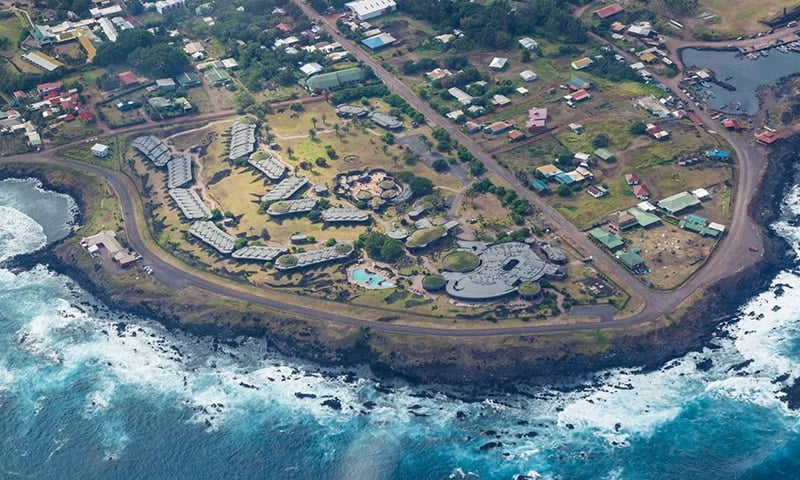
Easter Island travel, in modern times, is a little simpler than it was in ancient times. Today, you can reach Easter Island via flights from Santiago, Chile, which land at the Hangaroa airstrip. Finding the right flight is usually the first step to planning Easter Island travel, and once you have your arrival and departure dates, we can happily provide insight into how best to plan the rest of your trip.
Is There a Best Time to Visit Easter Island?
In our humble opinion, there is no “best” time to visit Easter Island, merely different times of the year that are better for different reasons. January through March are the peak of the summer in the Southern Hemisphere, which can be classified as a “high season”, but the beauty and temperate climate of Rapa Nui persists year-round.
If you’d like to learn more about when the best time to visit Easter Island is for you, feel free to reach out to our team here.
Join Us And Explore a Timeless Wonder of the World
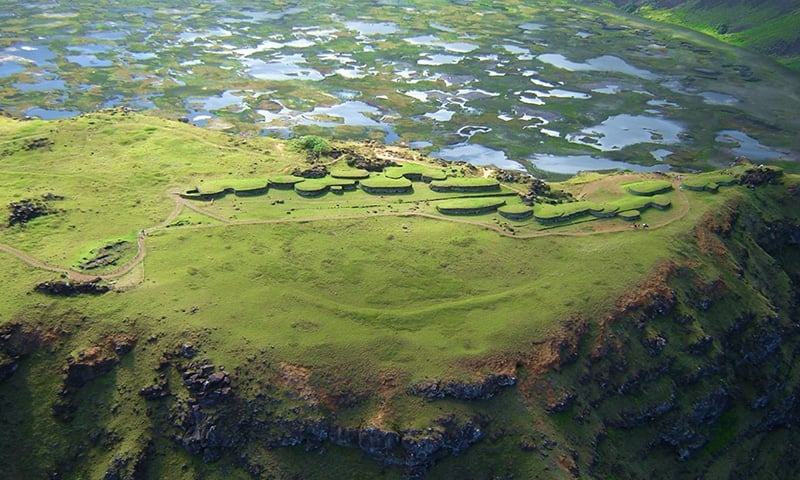
Through words, photos, and videos, we endeavor to convey Rapa Nui’s timeless beauty, natural allure, and the captivating mystery. Yet, even the best footage can’t fully encapsulate the essence of being here—feeling the earth beneath your feet, encountering the Moai, breathing in fresh air, and exploring clear waters. We invite you to connect with our team, explore further, and consider joining us in this preserved ancient destination, contributing its profound significance to our contemporary experiences.
To learn more reach out to us at reservations@nayararesorts.com.

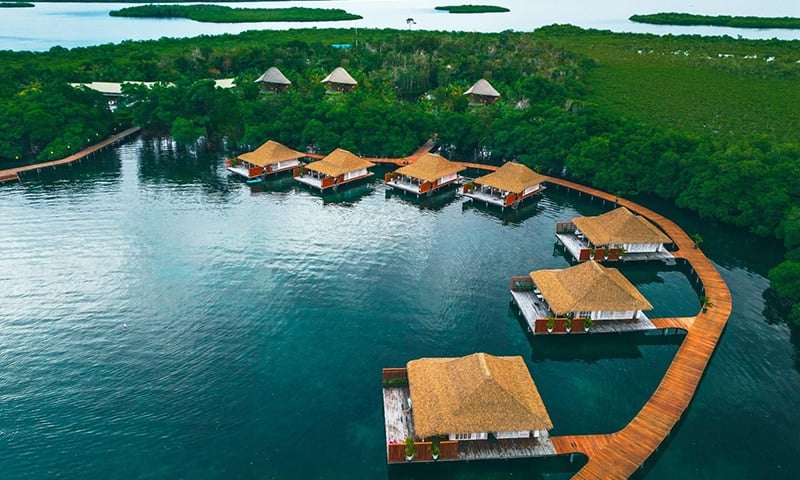
.jpg)
.jpg)